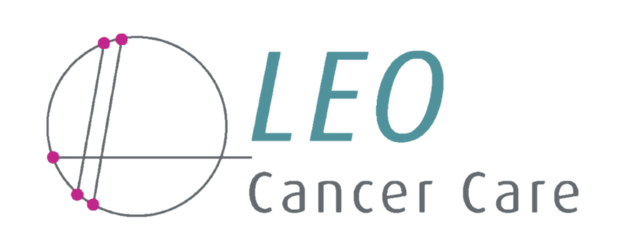Developing Our Dream Product and Making it a Reality
Contributions from: Mark Strangeman, VP of Engineering
2021 was a year of fast paced growth for us, setting us up for an even bigger 2022 and our hard work to be realised. The team has accomplished so much, so we want to take this opportunity to reflect on how just far we have come.
What better way to show this then go back in time and share some insight and behind the scenes photos of how our products came to be? So join us on this journey through time and see how with an incredible team you can make your dream product a reality.
How it all started
The team in Australia started with an objective “How small can we make a linear accelerator?”. Quickly realising a fixed radiation source would mean a more compact system, as well as reducing cost and radiation shielding required. Back then the focus was on technology and cost reduction, however the most important stakeholders, the patient and their comfort, were not at the forefront. Although as you all know, horizontal patient rotation is not the route our products took, it did help us to gain the concept of rotating the patient rather than the radiation source.
Bringing horizontal patient rotation to life
A prototype of the patient support system to rotate in the horizontal orientation was created. After some volunteers had experienced the prototype the team quickly realised that people wouldn’t want to be treated like this. It also highlighted the technical and immobilisation challenges created due to the additional movement and constant changes in direction of gravity on the patient as they rotate.
Going Upright
So having learnt that we wanted the radiation beam to be fixed and the patient to rotate, we went upright. This removed the drawbacks of horizontal rotation; changes in direction of gravity, patient discomfort and the daunting experience. We landed with a concept that looked much more familiar as a chair and so the upright product development began. We soon realised we were on the right track.
A moment of realisation
The operational and financial benefits of upright were clear, so we switched our focus to “how can we best optimise the patient’s posture for the treatment they’re receiving”. After speaking with lots of clinicians, physicists, engineers and patients about how we could improve the current workflow in radiation therapy, it pushed our design to mature beyond a desk chair on a pallet to renders and early concepts that were more patient centred.
A viable concept
In this time we recognised the need for a compatible upright imaging system. So we partnered with our sister company, AstoCT, who had already developed a CT scanner in the upright orientation for use on animals and began to evaluate how this might work to image patients upright.
Our patient positioning system progressed towards a viable concept. So we made a prototype to test with immobilisation devices in order to further optimise the design and workflow with a patient focus. This helped us to gather some early data on patient immobilisation in the upright orientation.
A pivotal year
After securing initial funding, a team of some of the best engineers and physicists in the industry were assembled to turn the concept into a reality. The UK team were focused on developing the upright patient positioning system whilst the US team developed the imaging system.
The team developed a system that is truly cutting edge, leveraging the fact that we have a much simpler design enabling us to make significant improvements which will make our radiotherapy machine more accessible and affordable than ever before. Our innovative upright patient positioning system enables quicker patient setup, improved comfort, lower costs to install, whilst also being smaller and more streamlined than existing systems. We really have found a solution that will be the more human way to deliver radiation therapy.
A Year of Ups
2021 was a year filled with milestones we are very grateful for and wouldn’t have been as fruitful without all of your support and the hard work of our brilliant team.
2021 we successfully installed our first ever patient positioning system as part of an ongoing research agreement with Centre Léon Bérard Hospital in France.
We expanded our offices and the team grew exponentially with team members in the UK, US, Asia and Australia.
In addition to these milestones, we secured $25.3m of series B funding, allowing us to propel our development efforts and introduce our solutions to the clinical world.
We hosted our first ever solo booths at both ESTRO and ASTRO, taking a patient positioning prototype for everyone at the show to come and experience. Safe to say the feedback we received was the cherry on top of what has been a stellar year for Leo Cancer Care.
2022 - Looking forward
We are more than excited for what the future holds, a continuation of our journey to be the more human way to deliver radiation therapy. We have the support of an amazing team, scientists and clinicians from around the globe that are all onboard to find a better way. 2022 is already shaping up to be a year that will top all others and we cannot wait.
Join us on our journey and follow us on LinkedIn, Twitter or Facebook
Please note: The Leo Cancer Care solutions are not currently available for sale in the US







